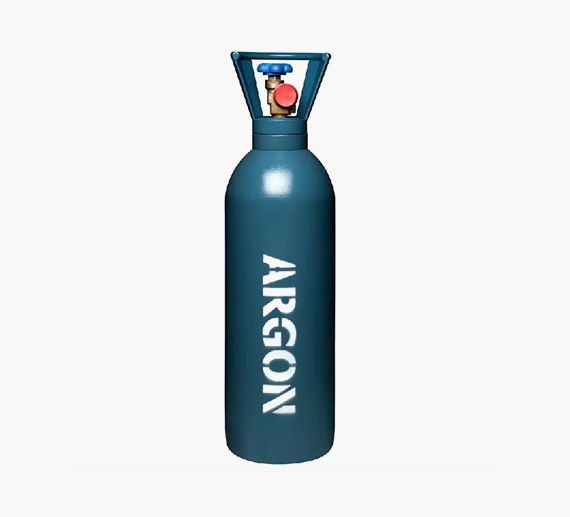The Industrial Wonders of Acetylene Gas
Acetylene, a hydrocarbon gas with the molecular formula C2H2, holds a pivotal role in various industrial applications, offering a wide range of uses that contribute to industrial processes across the globe.
One primary industrial application of acetylene is in metal fabrication. Its high temperature and precise control make it an ideal choice for welding and cutting metals. Acetylene’s unique ability to produce a flame of intense heat allows for efficient metalworking, whether it’s for joining two pieces of metal or intricate metal cutting.
In the realm of chemical synthesis, acetylene serves as a fundamental building block. It’s a key ingredient in the production of several chemicals, including acrylonitrile, which is essential in the manufacturing of synthetic fibers like nylon. Additionally, acetylene plays a crucial role in the creation of various plastics, providing the foundation for a myriad of industrial products.
Acetylene’s versatility extends into the field of lighting. Calcium carbide, when mixed with water, produces acetylene gas and is historically recognized for its use in carbide lamps. Although largely replaced by electric lighting, acetylene lamps still find application in certain niche areas due to their portability and reliability.
In the field of transportation, acetylene is utilized for oxyacetylene welding in vehicle maintenance and repair. Its precision and efficiency in cutting through metals make it a preferred choice in automotive workshops.
However, it’s important to note that while acetylene is a valuable resource, its handling requires careful attention due to its highly flammable nature. Stringent safety measures and adherence to guidelines are imperative in the industrial use of acetylene gas.
In conclusion, acetylene gas proves to be a powerhouse in industrial applications, from metalworking to chemical synthesis and beyond. Its adaptability and efficiency underscore its significance in powering various industrial processes, making it an indispensable resource in the manufacturing landscape.





